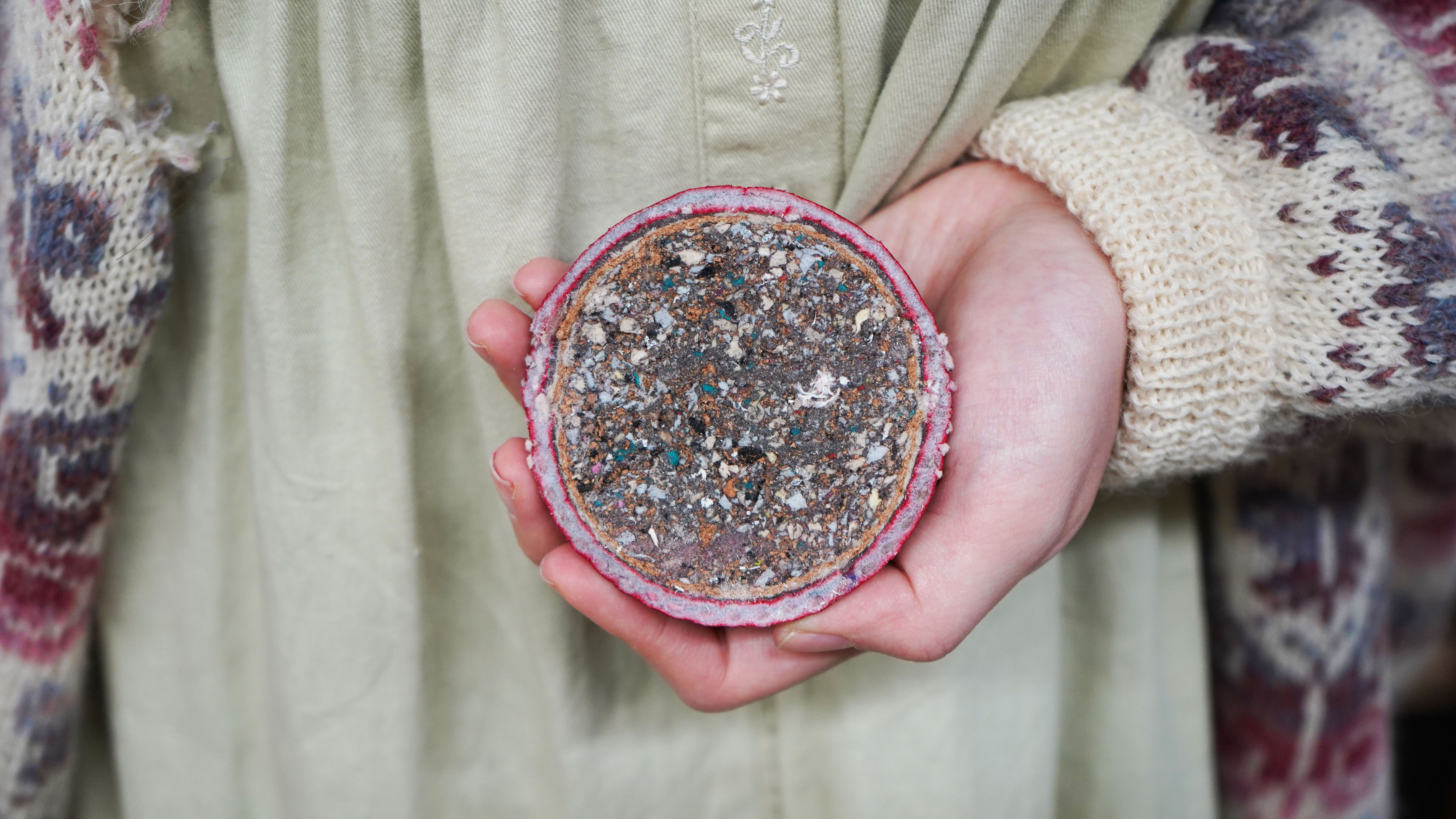Course units
Year 1
Unit 1: Global and collaborative (led by UAL)
This unit introduces key themes in cross-cultural and collaborative practice. It provides a foundation of research, fieldwork, critical thinking, problem articulation and prototyping that underpins practical work that is undertaken in future units.
Unit 2: Making and design (led by KIT)
You’ll gain experience with 1 or 2 digital prototyping tools to explore digital prototyping processes.
Unit 3: Design and practice (led by UAL)
This unit uses mapping, visualisation and design prototyping to develop ideas and dialogues between design practitioners, project stakeholders and project beneficiaries. It focuses on local interventions into global-scale problems.
Unit 4: Society and design (led by KIT)
This unit presents knowledge and methods at the intersection of society and design. You’ll learn to think and act critically about designing in a socially relevant and responsible way.
Unit 5: Collaboration and design (led by KIT)
You’ll undertake a live project in collaboration with a public, private or non-profit sector organisation. It is a test space for interdisciplinary teamwork. It will balance ethical, social and sustainable principles with innovation strategies and imperatives.
Year 2
Unit 6: Major design project (led by UAL and KIT)
Unit 6 shifts the emphasis to you to take the initiative in shaping interactions within and beyond the course through a major project. You’ll develop an in-depth design project that responds to a defined societal challenge. There are 3 complementary parts: a brief, research (including immersive fieldwork and participatory dialogues) and a design prototype.
Unit 7: Dissemination and emergence (led by KIT)
This unit presents the variety of design approaches taken by the London-Kyoto cohort over 2 years. It does so through a collective physical, virtual or hybrid event that engages with external communities, stakeholders and networks at the forefront of collaborative practice.
Unit 8: Dissemination and planning (led by UAL)
This final unit helps you define the values that underpin your practice and communicate your work. You’ll interrogate your practice to help position yourself as you emerge from the course. Your future routes can include employment, research and enterprise funding, further study, competitions and awards, contributions to events and involvement on panels or in publications.
Note: All year 1 units must be passed for students to progress to year 2.
The award classification will be calculated using the average of both second year UAL units - Unit 6: Major design project unit (40 UAL credits) and Unit 8: Dissemination and planning unit (20 UAL credits).
Mode of study
MA Global Collaborative Design Practice is offered in full-time mode and runs for 72 weeks over 2 years. You will be expected to commit an average of 40 hours per week to your course, including teaching hours and independent study.

